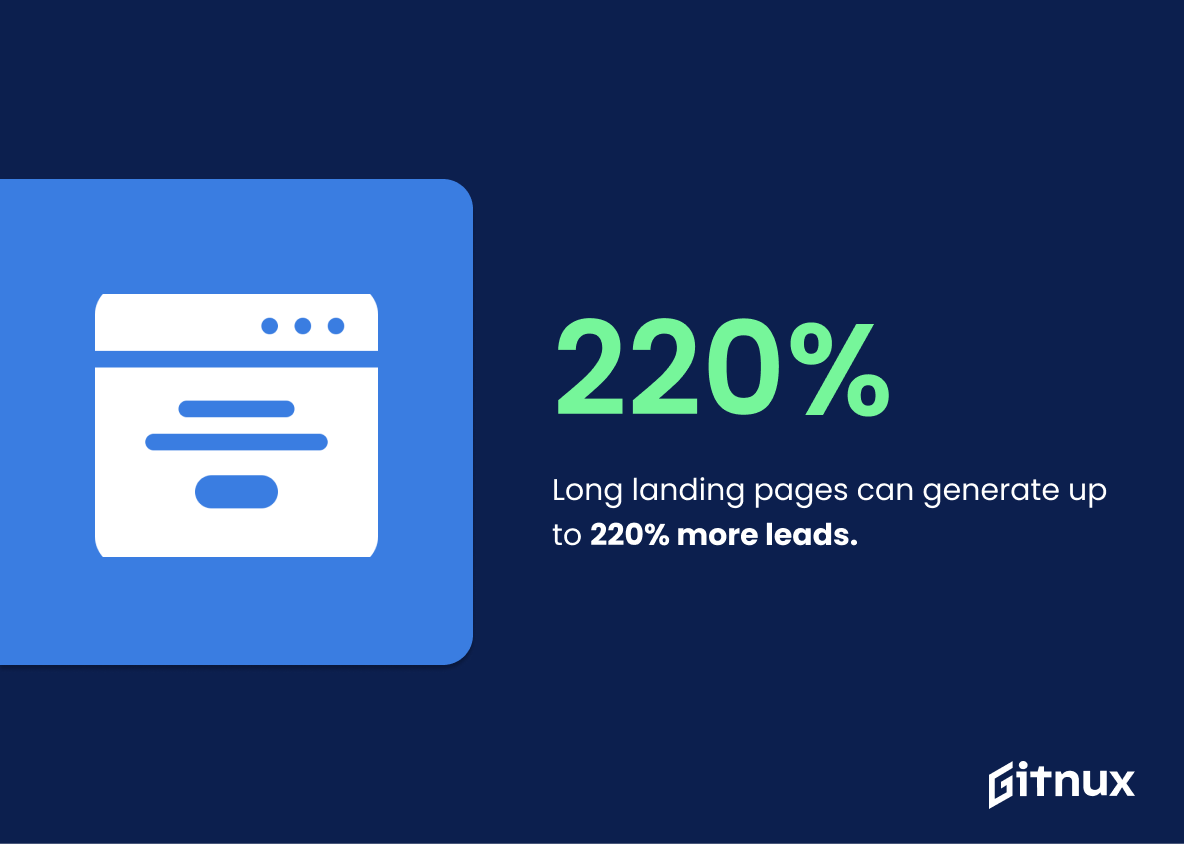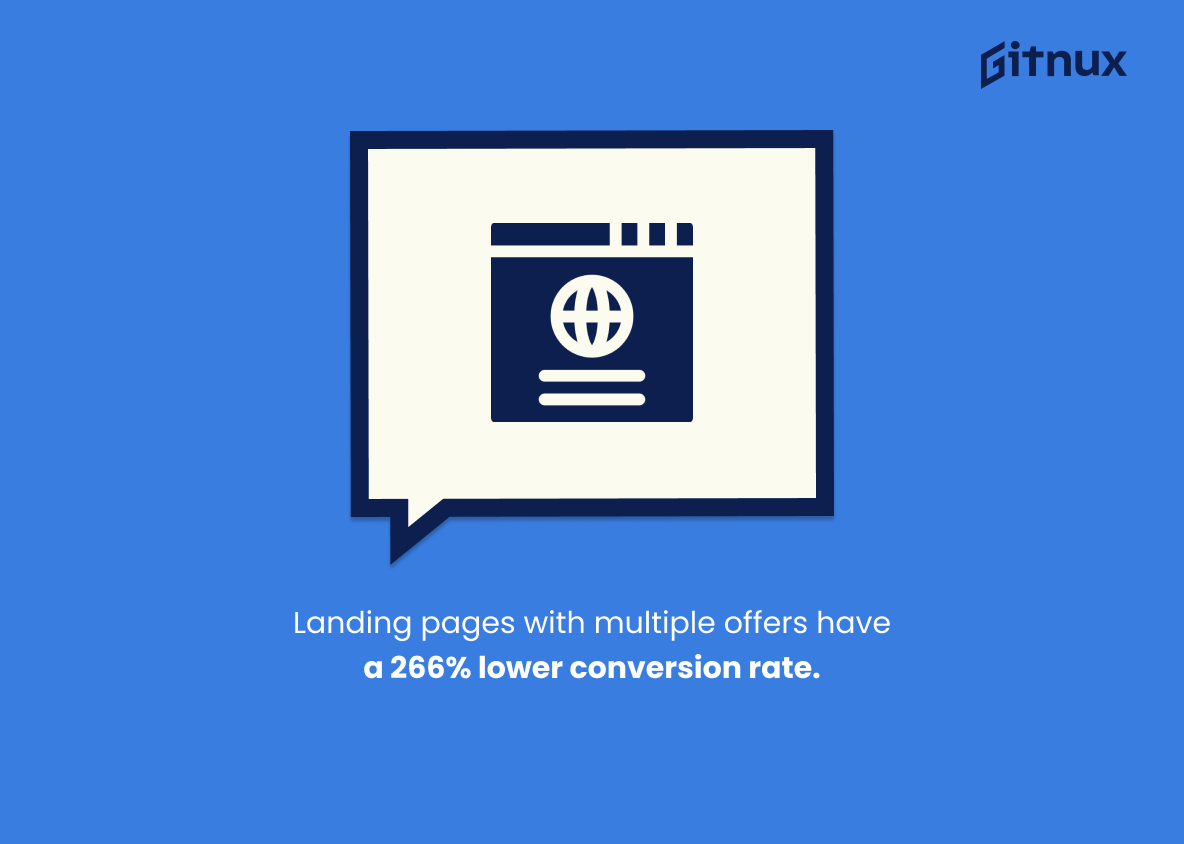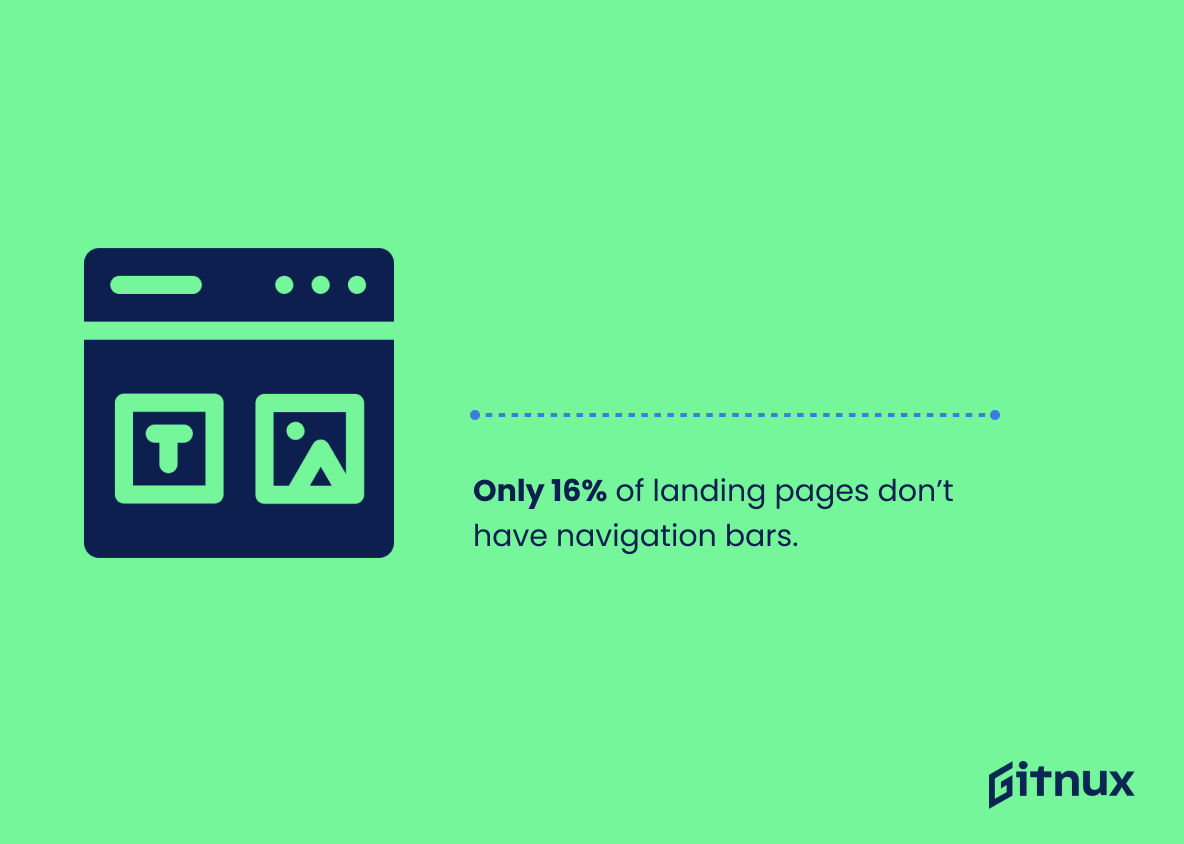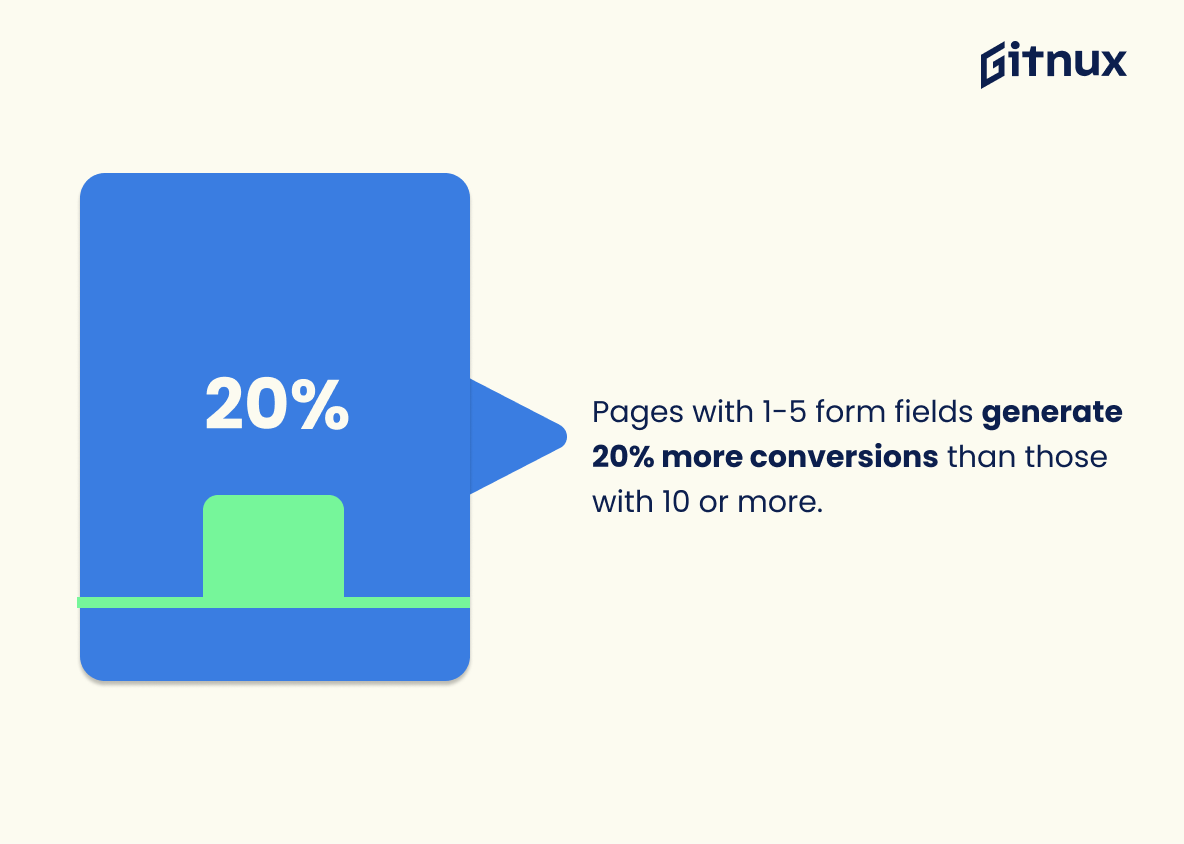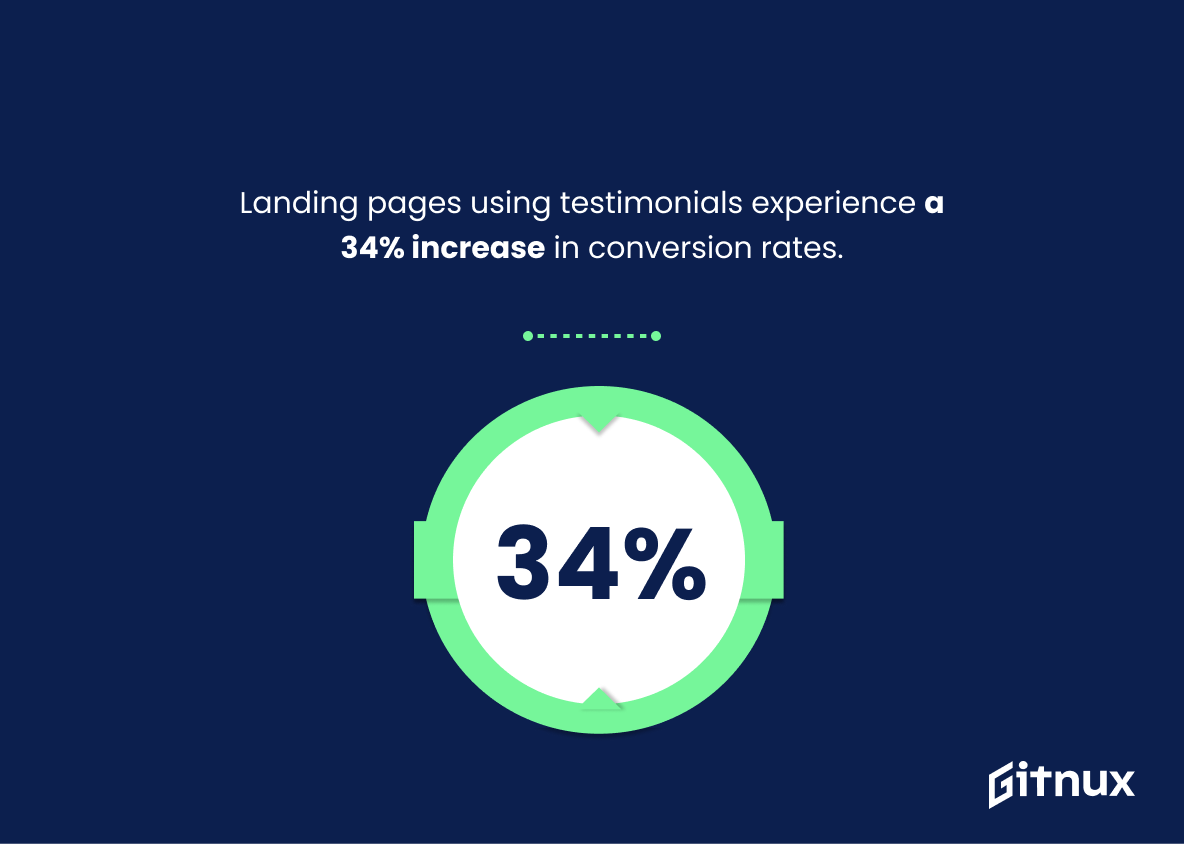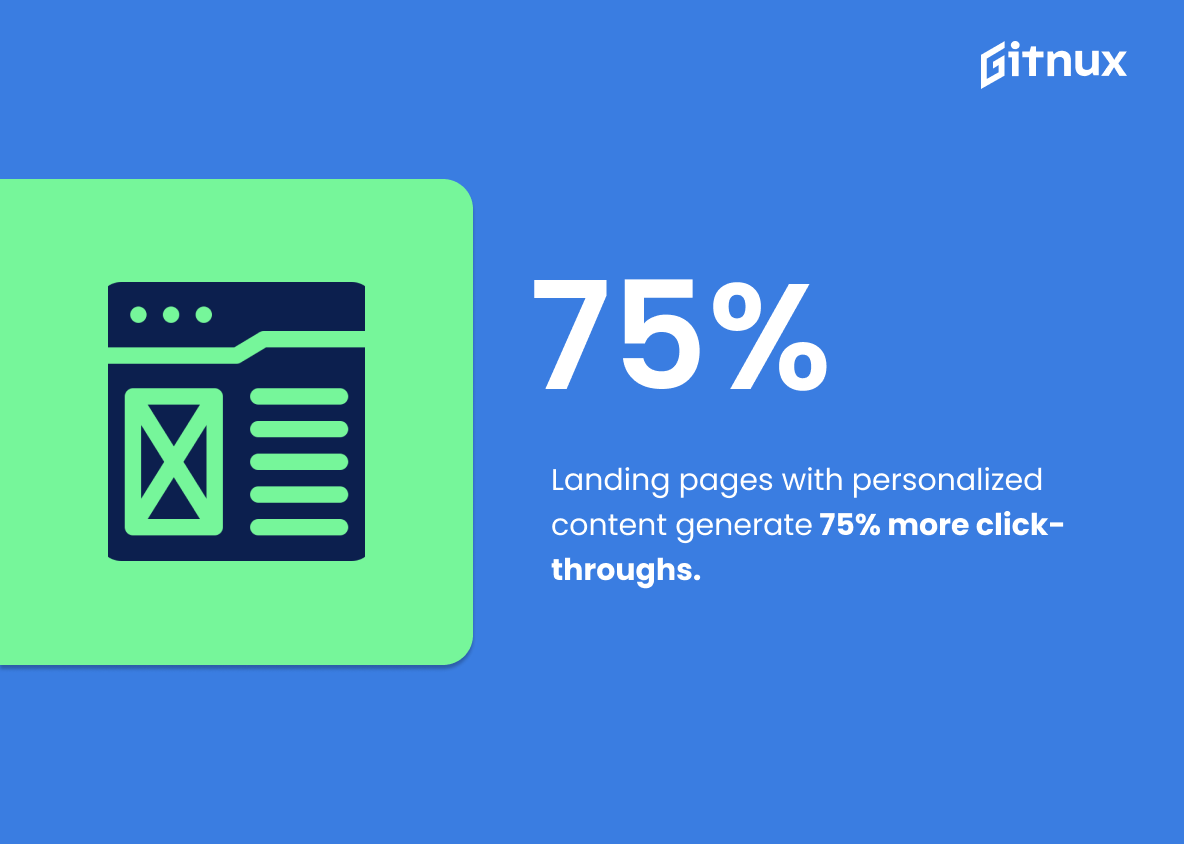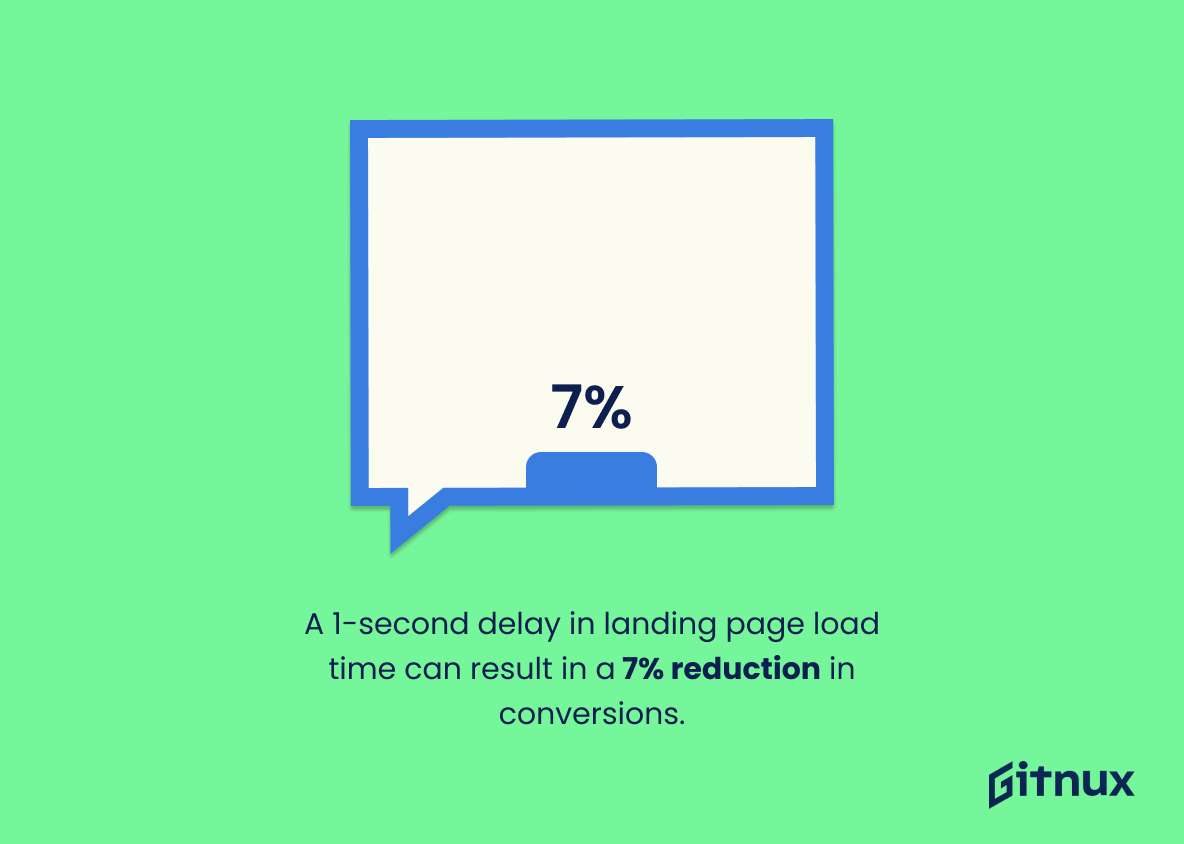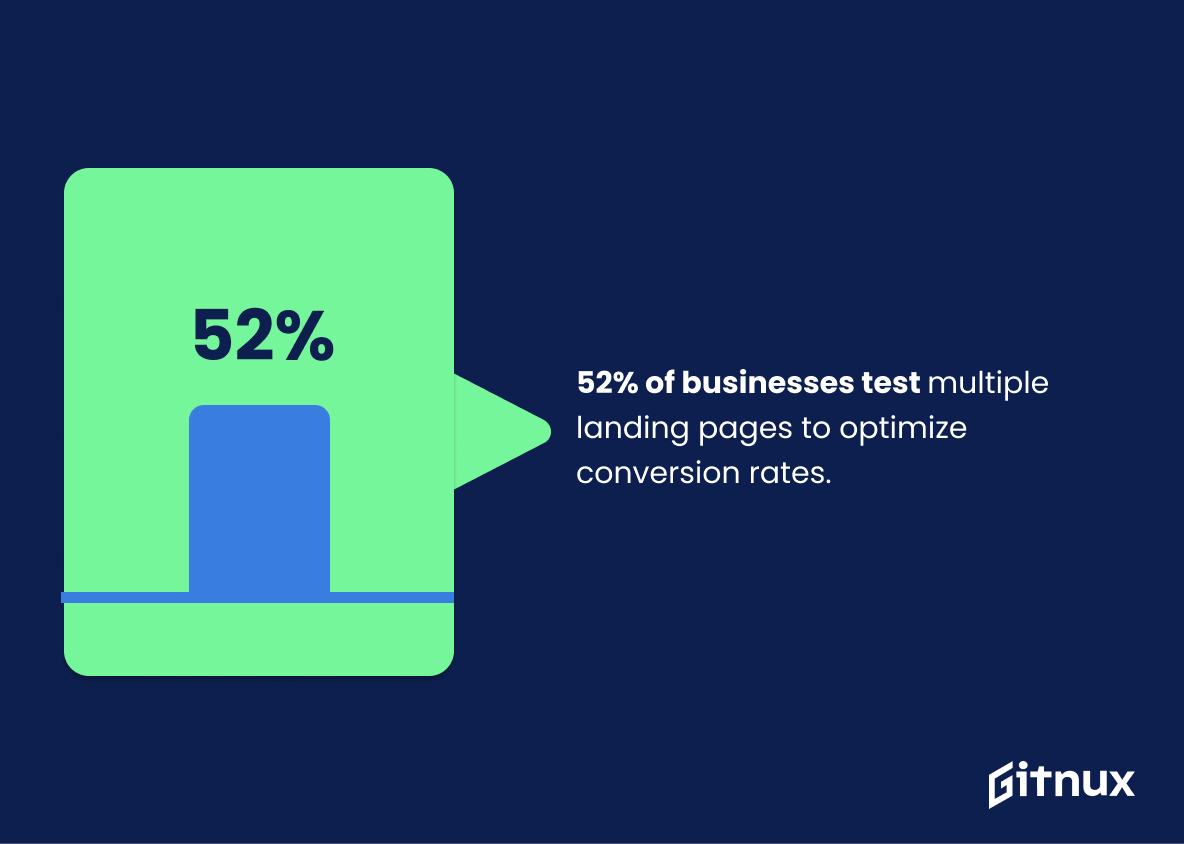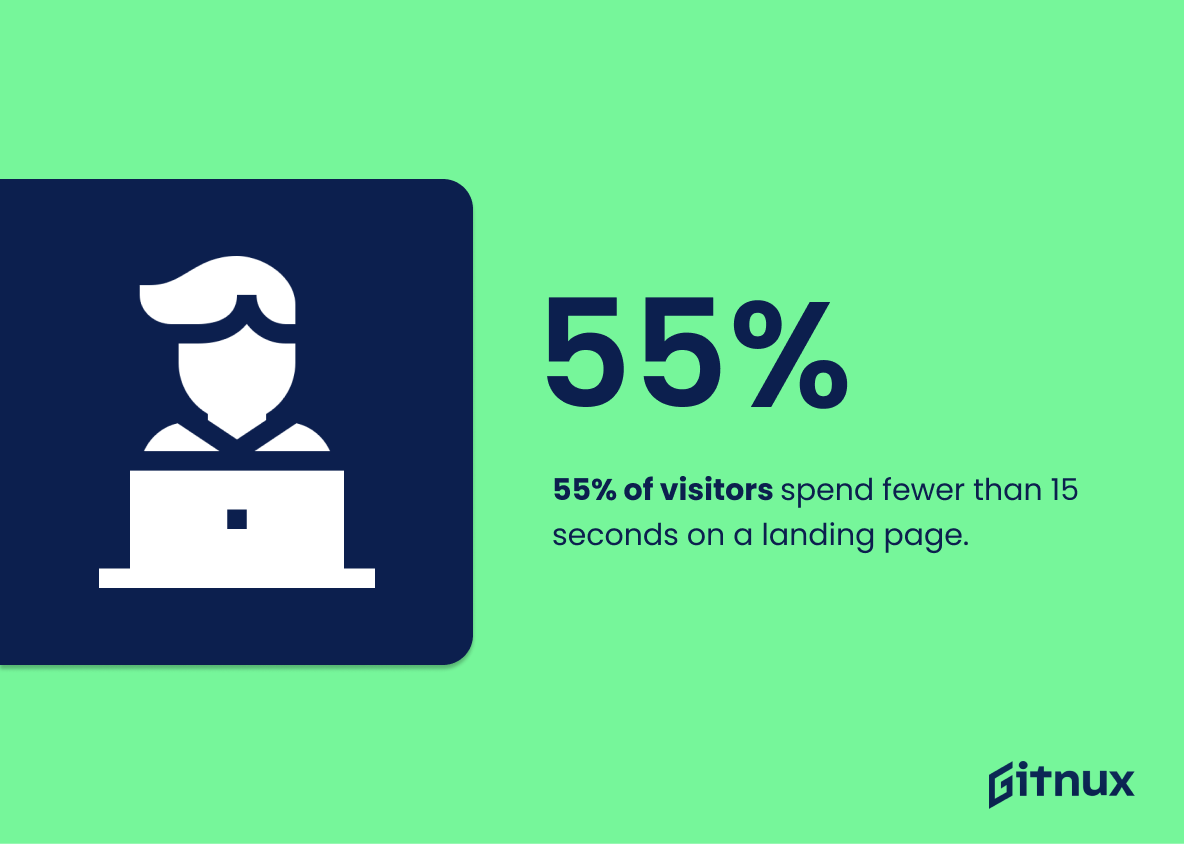Are you looking to optimize your landing page performance? If so, then this blog post is for you. Here we will discuss the latest statistics and trends related to landing pages. We’ll cover topics such as average conversion rates across industries, how video content affects conversions, creating new landing pages for campaigns, long vs short form fields on a page and more. Read on to learn about these key insights that can help improve your website’s success rate.
This statistic serves as a benchmark for businesses to measure their own landing page conversion rate against. It provides a valuable reference point for businesses to assess their own performance and identify areas for improvement. By understanding the average conversion rate across all industries, businesses can gain insight into how their own landing page is performing and make informed decisions about how to optimize it.
48% of marketers create a new landing page for every marketing campaign.
This statistic is a telling indication of the importance of landing pages in marketing campaigns. It shows that marketers recognize the value of creating a dedicated page for each campaign, as it can help to maximize the effectiveness of their efforts. This statistic is a powerful reminder that landing pages should be an integral part of any marketing strategy.
Landing Page Statistics Overview
Long landing pages can generate up to 220% more leads.
This statistic is a powerful reminder of the potential of long landing pages. It shows that by investing the time and effort into creating a longer page, businesses can reap the rewards of significantly increased leads. This statistic is a great incentive for businesses to consider creating longer landing pages, as it demonstrates the potential for a substantial return on investment.
Landing pages with multiple offers have a 266% lower conversion rate.
This statistic serves as a stark reminder that having multiple offers on a landing page can be detrimental to conversion rates. It is a clear indication that having too many offers can be overwhelming for visitors and can lead to them abandoning the page without taking any action. This is an important point to consider when creating a landing page, as it can have a significant impact on the success of the page.
Only 16% of landing pages don’t have navigation bars.
This statistic is a telling indication of the importance of navigation bars on landing pages. It suggests that the vast majority of landing pages recognize the need for a navigation bar to help guide visitors to the desired content. This is an important factor to consider when designing a landing page, as it can help ensure that visitors are able to find the information they are looking for quickly and easily.
Pages with 1-5 form fields generate 20% more conversions than those with 10 or more.
This statistic is a powerful reminder that less is often more when it comes to landing page design. By keeping the number of form fields to a minimum, businesses can increase their conversion rates and maximize their return on investment. This is especially important for businesses that rely heavily on online conversions, as even a small increase in conversion rate can have a significant impact on their bottom line.
Landing pages using testimonials experience a 34% increase in conversion rates.
This statistic is a powerful reminder of the impact that testimonials can have on conversion rates. It shows that incorporating testimonials into landing pages can be a highly effective way to boost conversions and increase sales. This is an invaluable insight for any business looking to maximize their return on investment from their landing page.
Landing pages with personalized content generate 75% more click-throughs.
This statistic is a powerful reminder of the importance of personalizing content on landing pages. By customizing content to the individual user, businesses can increase click-throughs by a whopping 75%, making it a key factor in driving conversions and boosting ROI.
A 1-second delay in landing page load time can result in a 7% reduction in conversions.
This statistic is a powerful reminder of the importance of page load speed when it comes to landing page performance. It highlights the fact that even a seemingly small delay can have a significant impact on conversions, making it essential for marketers to prioritize page speed optimization.
Nearly 50% of marketers say their homepage receives more traffic than a specific campaign landing page.
This statistic is a telling indication of the importance of a homepage in comparison to a specific campaign landing page. It suggests that, despite the effort put into creating a campaign landing page, the homepage still holds a significant amount of sway in terms of driving traffic. This is an important insight for marketers to consider when creating campaigns and allocating resources.
52% of businesses test multiple landing pages to optimize conversion rates.
This statistic is a testament to the importance of testing multiple landing pages to optimize conversion rates. It shows that the majority of businesses recognize the value of testing different versions of their landing pages to maximize their success. This is an invaluable insight for anyone looking to create a successful landing page, as it demonstrates the importance of experimentation and optimization.
61% of landing pages use stock images around the world.
This statistic is a telling indication of the prevalence of stock images in the world of landing pages. It demonstrates that the majority of landing pages rely on stock images to create a visually appealing and professional look. This is important to consider when creating a landing page, as it can help to ensure that the page looks professional and attractive to potential customers. Furthermore, it can also help to ensure that the page is optimized for search engine rankings, as stock images can help to improve the page’s overall SEO.
55% of visitors spend fewer than 15 seconds on a landing page.
This statistic is a telling indication of how effective landing pages are in capturing the attention of visitors. It suggests that the majority of visitors are not engaging with the content on the page, which could be a sign that the page is not optimized for user experience. This is an important statistic to consider when creating a landing page, as it can help inform decisions about how to make the page more engaging and effective.
Conclusion
From these statistics, it is clear that landing pages are an important part of any marketing campaign. They can be used to increase conversions and engagement with customers by using personalized content, video content, multiple offers or call-to-action buttons. Additionally, optimizing the page for mobile devices and testing different versions through A/B testing can help improve conversion rates even further. Finally, having a shorter URL length as well as avoiding navigation bars on your landing page will also lead to higher conversion rates.
References
0. – https://www.accenture.com
1. – https://www.formstack.com
2. – https://www.digitalmarkgroup.com
3. – https://www.hostingtribunal.com
4. – https://www.gmass.co
5. – https://www.wordstream.com
6. – https://www.cdn-images-1.medium.com
7. – https://www.coschedule.com
8. – https://www.gobankingrates.com
9. – https://www.hubspot.com
10. – https://www.evidence.io
11. – https://www.marketinginsidergroup.com
